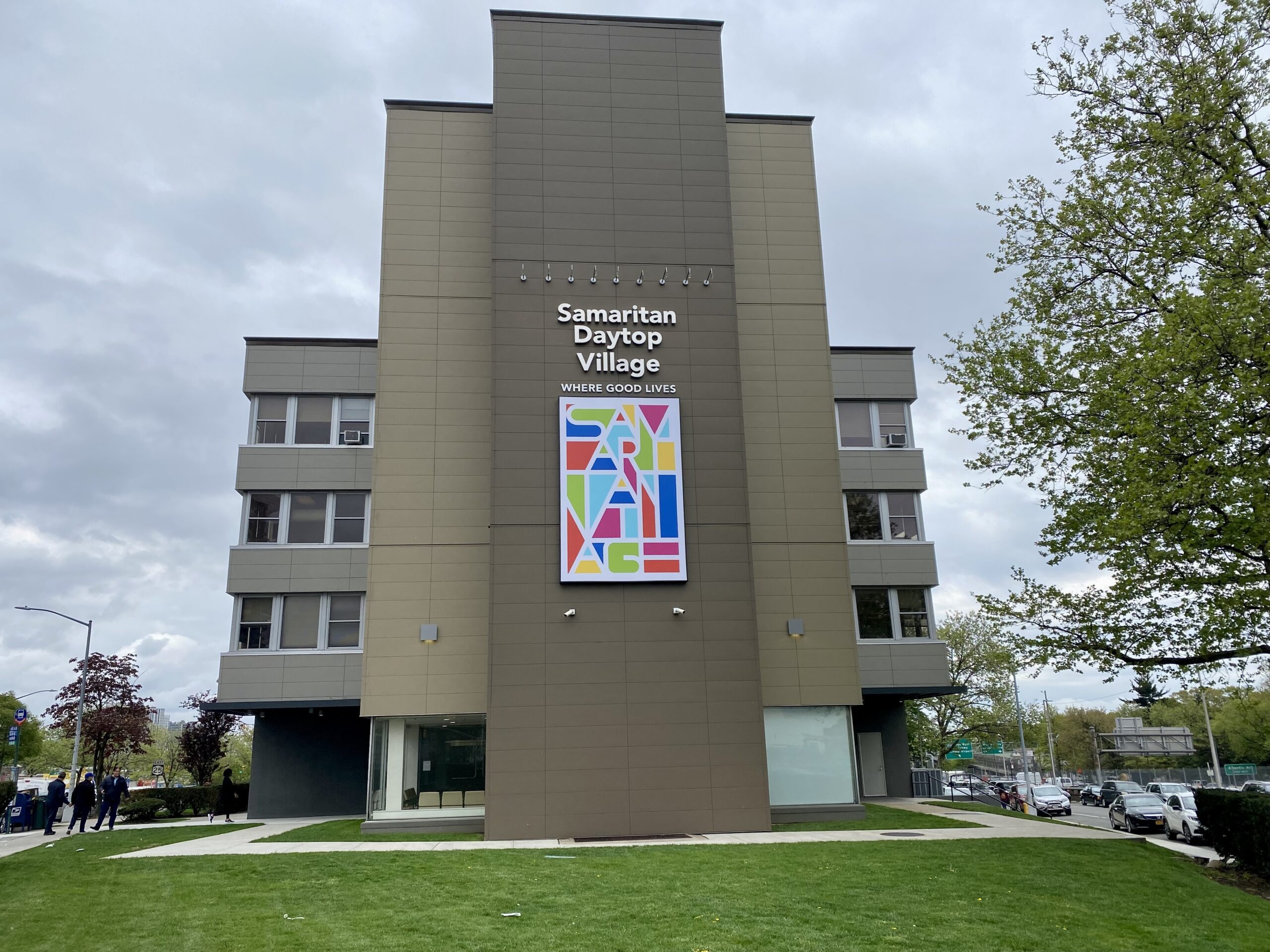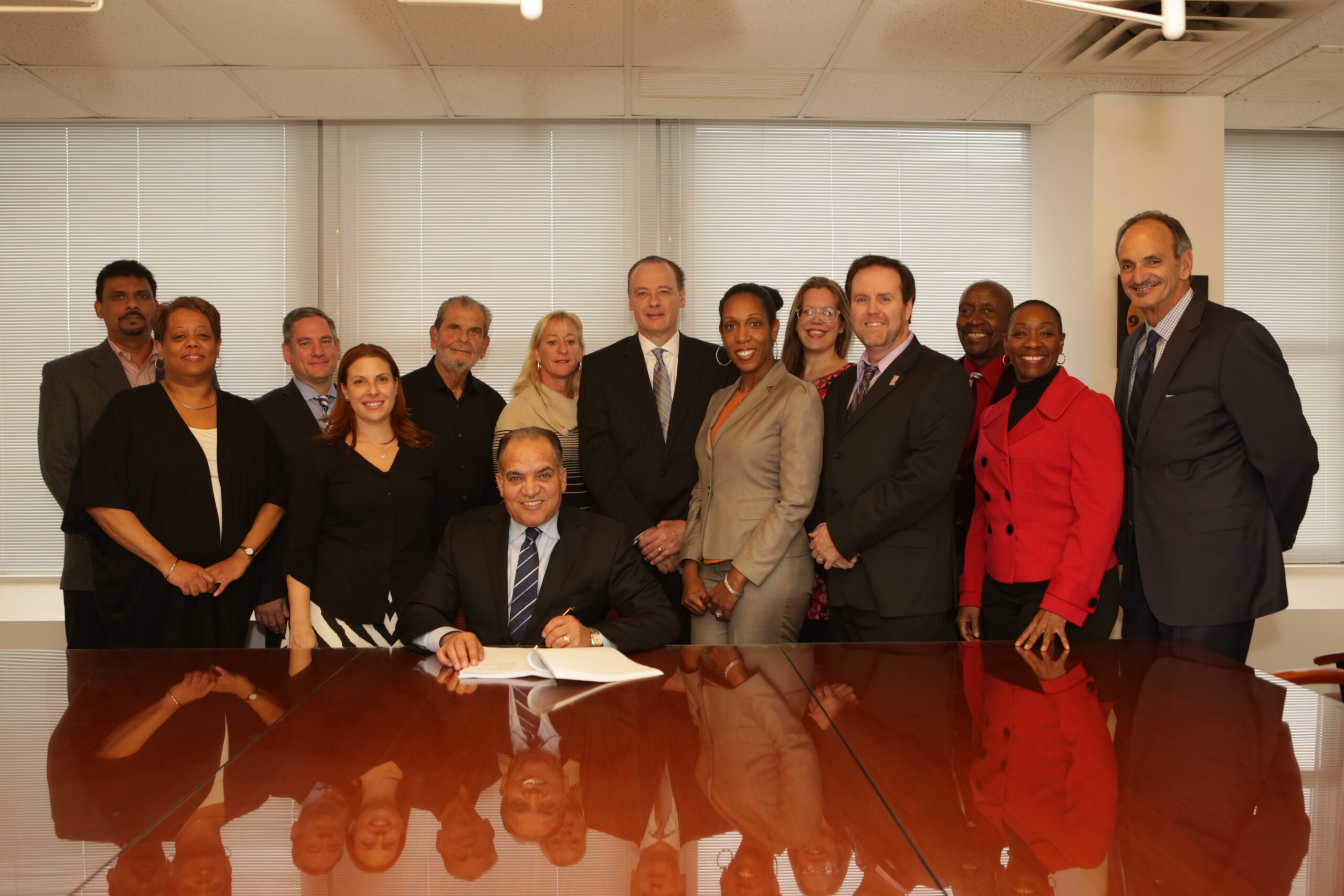The story of Samaritan Daytop Village is one of vision, resilience, and an unwavering commitment to making a difference. From modest beginnings to becoming one of New York State’s largest health and human services providers, we have continuously evolved to meet the needs of the communities we serve.
For over 60 years, we have been at the forefront of providing life-changing care and support to individuals and families. Guided by a dedicated and compassionate team, we have expanded our reach and refined our services to help New Yorkers improve their lives through innovative solutions for substance use treatment, mental health care, housing, and specialized services for veterans, seniors, and families.

